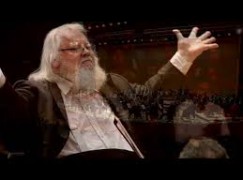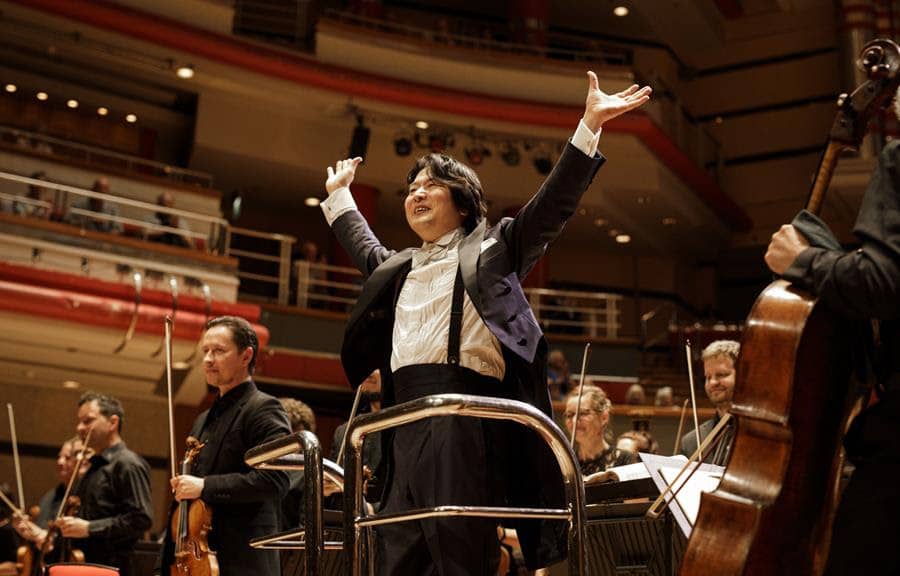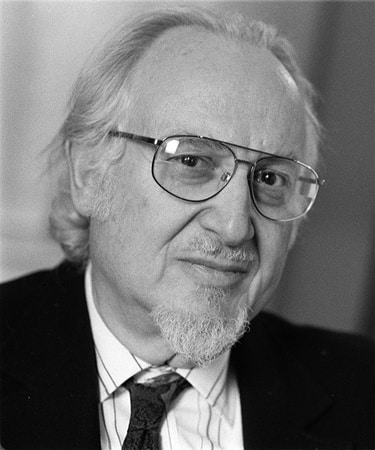Maestro lets rip in mid-concert
mainA rapturous performance of Scheherezade earlier this year by the symphony orchestra of Galicia, impressive in every respect. But at 45 minutes on the dot, the conductor erupts.
Fast-forward and watch.

The conductor is the law-unto-himself Leif Segerstam, a loner even among Finns.
Mr Segerstam, 71, recently composed his 289th symphony.
It is titled ‘When the cat visited’.





Comments